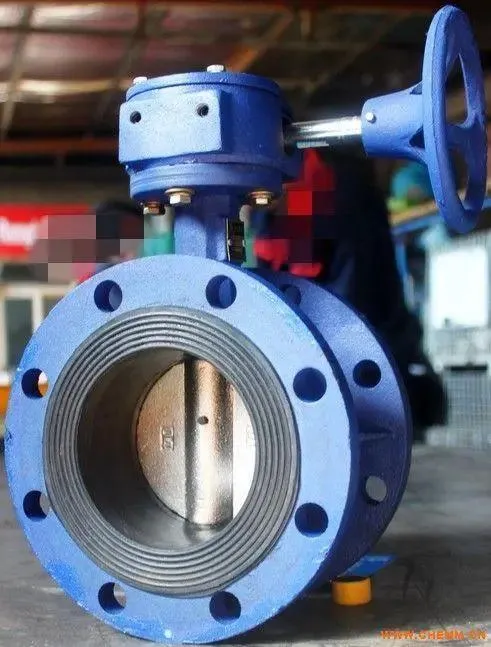nov. . 17, 2024 09:27 Back to list
Understanding Metric Pin Gauges for Precision Measurement Applications
Understanding Pin Gauges in Metric Measurements
Pin gauges play a crucial role in the world of precision measurement and quality control, particularly in machining and manufacturing industries. These simple yet effective tools are utilized for measuring hole sizes, ensuring that components meet their specified tolerances. When it comes to metric measurements, pin gauges serve an essential function in maintaining the integrity and precision of manufacturing processes.
What Are Pin Gauges?
Pin gauges, also known as pin gauges or plug gauges, are cylindrical metal pins that vary in diameter, designed to gauge the internal dimensions of holes or the distance between features on a workpiece. The use of pin gauges allows manufacturers to assess whether particular holes meet designated size criteria. Given that pin gauges come in a variety of sizes, they enable users to check a broader range of diameters than a standard caliper might provide.
Metric Considerations
In metric systems, pin gauges are typically calibrated in millimeters (mm). This metric standard is widely adopted internationally, making it a common choice across various industries. When considering pin gauges, it’s crucial to select gauges that conform to the specific tolerances required for the machining process. For instance, engineers may choose gauges with tolerances as tight as ±0.01mm, enabling precise measurements essential for high-quality products.
Applications of Pin Gauges
Pin gauges find their application in numerous sectors, primarily aerospace, automotive, and precision engineering. For instance, in the aerospace industry, the slightest deviation in component size could lead to catastrophic failures. Therefore, pin gauges are used during the production process as well as in quality assurance measures to ensure every component fits correctly and functions as intended.
pin gauges metric

Additionally, in the automotive industry, pin gauges help verify hole sizes for fittings, ensuring parts such as engines and transmissions are produced within strict dimensional tolerances. This consistency helps in minimizing assembly issues and enhancing overall product reliability.
Using Pin Gauges
To use a pin gauge, an operator will select the pin that corresponds to the desired measurement and insert it into the hole. If the pin fits snugly without any resistance, the hole is within the specified size. If it does not fit, the operator will need to consult other gauges to determine the exact size and whether any corrective actions are necessary.
Quality Assurance
Pin gauges contribute significantly to quality assurance processes, as they help identify defects early in production. Utilizing these gauges systematically helps maintain standardization in manufacturing operations. Additionally, they can assist in training new employees by providing a hands-on approach to understanding tolerances and measurement techniques within a metric framework.
Conclusion
In summary, pin gauges are indispensable tools in precision measurement, particularly within the metric system. Their ability to confirm hole sizes with remarkable accuracy ensures the quality and reliability of various components across multiple industries. By incorporating pin gauges into regular quality control processes, manufacturers can enhance operational efficiency and product performance, safeguarding their reputation for excellence in a competitive market.
-
thread-plug-gauge-our-promise-of-measurement-excellenceNewsAug.22,2025
-
gauge-pin-class-reflecting-quality-legacyNewsAug.22,2025
-
check-valve-types-for-high-rise-buildingsNewsAug.22,2025
-
water-control-valve-for-irrigation-systemsNewsAug.22,2025
-
gate-valve-with-soft-seal-technologyNewsAug.22,2025
-
y-type-strainer-for-oil-and-gas-applicationsNewsAug.22,2025
Related PRODUCTS









